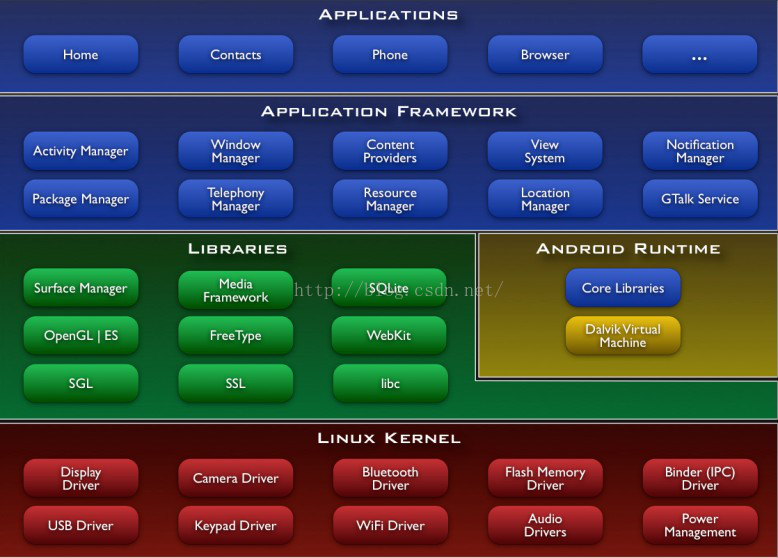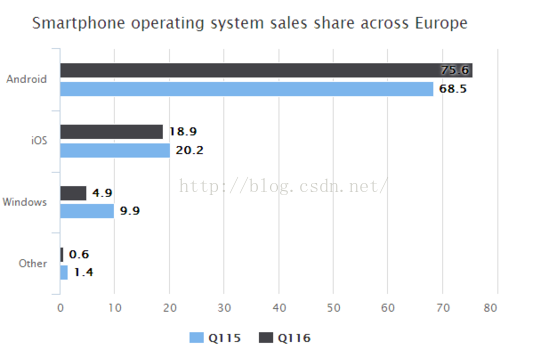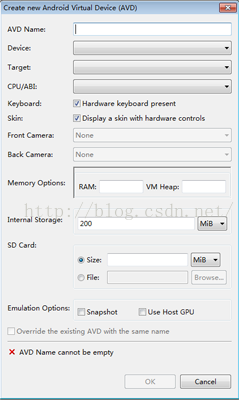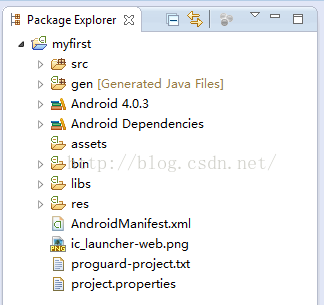Video lesson: https://edu.csdn.net/course/play/7621
Android 5 updates your application to add various new features, such as notifications on the lock screen, a brand new camera API, OpenGL ES 3.1, a new material design interface, and more.
1 The process of mobile phone development
2 The history of Linux development
3 Introduction to the smartphone platform
4 The birth of Android
5 The advantages of Android
The process of mobile phone development
1G mobile phone-the legendary "Big Brother" era
Motorola launched its first mobile phone in 1983
Model: DynaTAC 8000X
Weighs more than 1 kg
Charging time 10 hours, talk time half an hour
The development cycle exceeds 10 years
Cost more than 100 million US dollars
Motorola was the first company to enter the Chinese mobile phone market
Entered China in the late 1880s
The first mobile phone is Motorola 8900
The price is as high as 30,000 to 40,000 yuan
Big Brother once became synonymous with Chinese mobile phones
Mobile phones in the 1G era are non-smart phones
2G mobile phone-gaming mobile phone
GSM mobile phones appeared in China in 1994.
In 1998, the first Nokia mobile phone with built-in games was launched.
Gluttonous snake
memory
Logic guessing
In 1999, Nokia launched the first WAP mobile phone.
The phone starts to access the Internet
Powerful phone book and SMS storage capacity
In 2001, Ericsson released the first mobile phone with a built-in Bluetooth chip.
Support GSM tri-band
Support GPRS high-speed Internet
In August 2004, Samsung launched the first GSM/CDMA dual-mode mobile phone.
More and more mobile phones start to support MP3, MMS, camera, color screen, etc.
3/4G mobile phone-smart phone
In 2006, domestically produced 3G mobile phones began to go on the market.
With operating system.
Built-in rich business and entertainment software.
More software applications can be installed.
More like a small computer.
High-speed Internet access is possible.
The history of Linux development
Linus Torvalds publicly released the Linux kernel in 1991.
Linux is a Unix-like operating system.
The first version is about ten thousand lines of source code.
Linux 1.0 was released
in 1994 and adopted the GPL agreement.
Some system administrators began to try Linux on the server.
In 1996, Linux kernel 2.0 was released to
support multiple processors.
Selected by large companies.
In 1998, large companies such as IBM and Oracle announced that they supported the
large-scale development of various graphical applications of Linux .
Linux gradually became popular
Because it is a Unix-like, it is widely used in the server field.
At the same time in the embedded field, Linux is also gradually playing a role.
Completely free,
multi-user, multi-tasking,
good interface,
rich network functions,
reliable security, stability,
support for multiple platforms
In 2003, Motorola released the first Linux mobile phone.
Common smartphone operating systems
The King of Yesterday-Symbian
The main platform of Nokia mobile phones
A new look-Windows Mobile
Microsoft Research and Development
Applied to many mobile phones of many mobile phone manufacturers such as HTC and Nokia
Noble and gorgeous-iOS
Apple research and development
Apply to iPhone
Current Trend-Android
Google research and development
Used in many mobile phones of many manufacturers such as HTC, Samsung, Motorola, etc.
High-end business-Blackberry OS (Blackberry)
Independently developed by RIM in Canada, the encryption performance of the system is stronger and more secure
The birth of Android
Android is a Linux-based embedded operating system
Andy and Rubin founded the Android mobile operating system company.
In 2005, Google acquired the Android company.
In 2007, Google released a mobile operating system called Android.
In February 2009, it released Android 1.1
2009. Android 1.5 was released in May 2009. Android 1.6 was
released in September 2009.
HTC’s Hero phones used this system.
Android began to expand rapidly in the mobile phone market
. Android 2.0/2.1
was released quickly in October 2009. Android 2.0/2.1 was released in October 2011. Android4.0
Android 5.0 was released in June 2014
Android is an open platform, a system based on the Linux kernel, abiding by open source agreements, not subject to operator constraints, rich hardware options, support from many mobile phone manufacturers, unrestricted developers, low development costs, a large number of participants, and application software A large number, seamlessly integrated with Google applications, Google Maps, Google Calendar.
Android platform architecture
The various modules in the Android platform:
Applications (Applications)
Android is equipped with a series of core applications (calendar, browser, phone book).
Most of these applications use Java developed
application framework (Application Framework)
to provide framework services for applications
Rich API functions:
Libraries such as Activity Manager, Window Manager, etc.
contain C/C++ libraries that can be called by different components and
are exposed to developers through the application framework to call the
Android Runtime (Android Runtime)
Core Libraries
Dalvik VM
Linux kernel (Linux Kernel)
is the core layer of the entire operating system that
provides various drivers
The memory and speed of mobile devices make it impossible for ordinary JVMs to run efficiently.
Dalvik VM reimplements the JVM to
combine class files to generate one or more Dalvik executable files (.dex) to
reuse the repeated information in the class, which is less than the uncompressed jar Reduced space by half,
optimized garbage collection,
used JIT (Just-In-Time),
used registers as the main data storage unit to improve performance
The core of the Android platform is the Linux kernel
Device Driver
resource access
power management
on the kernel of C / C ++ library
OpenGL
SQLite
WebKit
Android the Java API
telephone
resource
position
UI
data
packet manager
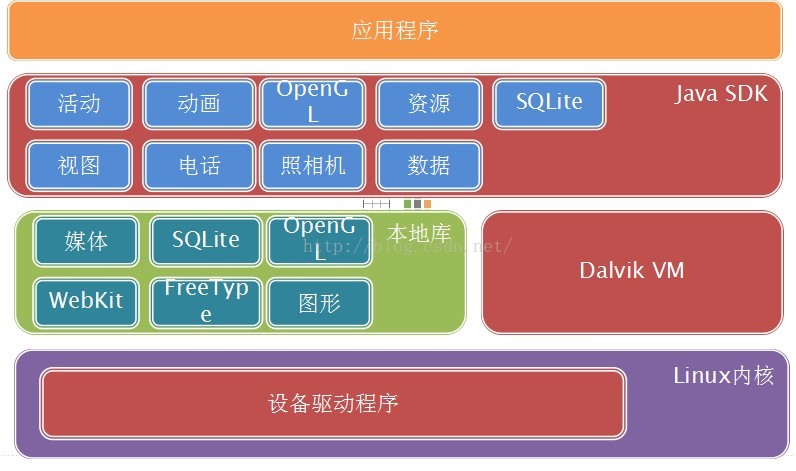
Android version introduction
The distribution of Android versions is as follows (the market share below 0.1% will not be displayed):
Android 5.0 Lollipop: increased from 0% to 1.6%
Android 4.4 KitKat: increased by 0.6 percentage points to 39.7%
Android 4.1/4.2/4.3 Jelly Bean: down 1.5 percentage points to 44.5%
Android 4.0 Ice Cream Sandwich: fell 0.3 percentage points to 6.4%
Android 2.3 Gingerbread: fell 0.4 percentage points to 7.4%
Android 2.2 Froyo: fell below 0.4%.
New features in Android 4.x:
Further optimization of UI resolution
Android2.3 is still suitable for low-resolution screens
New voice input system
Allow users to provide voice commands
New Android browser
Support webpage offline save
Real-time preview
Close tab with a single gesture
Screenshot function
Android file sharing
This is an NFC-based application
Allow two NFC devices to share pictures, contacts, music, etc.
New features in Android 5.0:
Adopt the new Material Design interface,
support 64-bit processor,
fully converted from Dalvik to ART (Android Runtime) compilation, performance can be increased by four times.
Improved notification interface and new priority mode,
preload power saving and charging prediction function,
automatic content encryption function
Added new sharing function for personal devices. You can log in to your account on other devices and get the user’s contacts, calendar and other Google cloud data.
Enhanced network and transmission connectivity, including Wi-Fi, Bluetooth, and NFC.
Enhanced multimedia functions, such as support for RAW Format shooting
provides low vision settings to assist people with color weakness
Configure AVD emulator
Testing and operating environment
Finally, the effect of running with simulator appears, with Hello_World by default! Try it now!
